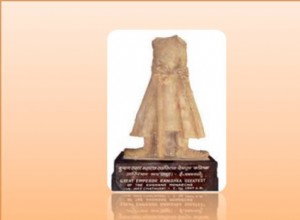The Shakas were foreigners and came to India in the form of invaders in the first century AD, but due to continuous contact with Indian civilization for centuries, they got absorbed in Indian culture. When the Gupta Empire emerged in the 4th century AD, the Shaka satraps merged with the Gupta Empire




